 |
 |
 |
|
|
 |
SUNNY VAN ZIJST
-MAGNUM OPUS
|

|
Posted 11 February 2014
|
Share this:
|
|
After training as a theatrical designer at the Fontys Academie voor Beeldende Vorming in Tilburg (NL), and graduating from its Theatrical Design Department in 1994, Sunny van Zijst -born in 1973 in Neerpelt, Belgium- did a Master’s in theatrical design in Utrecht (NL) and Prague (CZ) from 1996 to 1997.
“Sunny van Zijst’s work is imbued with a feeling for the drama of things; it reflects the theatricality of materials, the absurdity of contrasts, the dramatic quality of the dialogue between the materials themselves and between an object and the person looking at it”, writes Mireille Houtzager. “Her development as an autonomous artist clearly shows that theatre, in itself, has nothing to do with stage sets or actors in costume, contrary to what is generally regarded as its sole end result. True theatre, ‘real drama’ is played out in the depiction of the interaction between things and people. Van Zijst knows not only how to convey her message but also the medium to be used in order to put it across, and in her work she chooses to portray the essence of art itself.” Without people to visit and observe them, relics, churches and fairs are mere empty vessels, sad ‘houses of mystery’ and it is precisely that packaging enveloping the drama, those containers in the form of chapels, mausoleums, summer houses, cabinets, boxes, the wrapping, the outer layer, the skull and the skin that Van Zijst examines in her art. She uses these ‘linking objects’ in her work, covering them with gold leaf, velvet, plush, imitation jewellery and other glittering materials. She plays with effects and expectations, intermingles semblance and reality. Filled boxes, altar-like objects, chapels, urns, reliquaries, shells, costumes and other objects are what emerge from her feeling for drama. In this, glass plays a role whenever it can be used, as a material, to give shape to ideas.
|
|
|
|
|
|
|
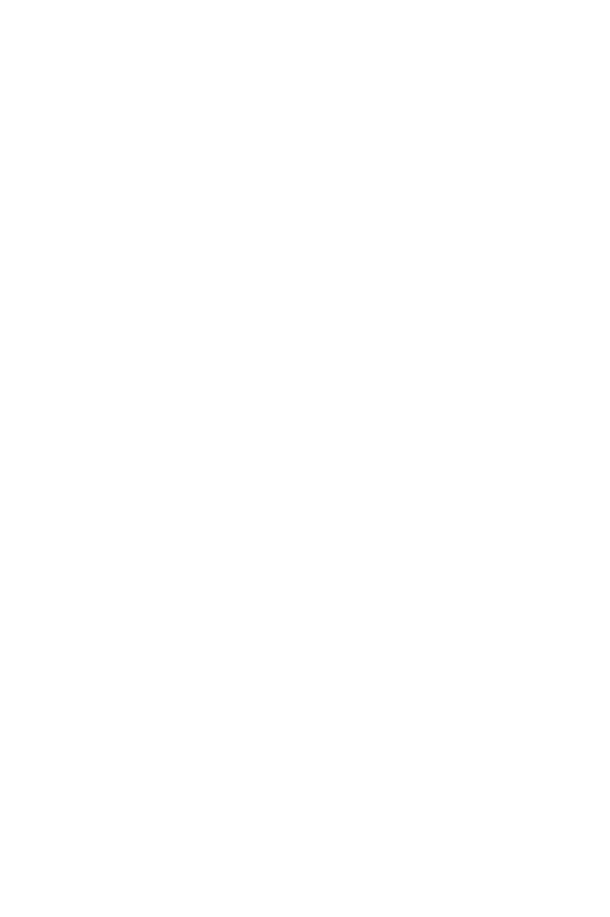
Sunny van Zijst: installation November
|
|
|
|
|

|

|

|
Magnum Opus is a series addressing the different stages of processes as the Great Work of Alchemy, and begins with the installation November ? the blackening (nigredo) ? to the whitish (albedo), to yellow (citrinitas) sometimes colourful like the rainbow and depicted with peacock tail (cauda pavonis), a symbol of wholeness, to ruby (rubedo), the royal colour of an approaching completion, and ends at Splendor Solis ? sun glare, gold: from black (nigredo) to whitish (albedo).
First we bring together
Then we putrefy
We break down what has been putrefied
We purify the divided
We unite the purified and harden it
In this way is One made from man and woman
From ‘Splendor Solis’ 1532-1535
Magnum Opus is the search for the philosopher’s stone, the elixir of life. The history of alchemy is the history of science where nature is examined within the philosophical and spiritual disciplines that combine elements of chemistry, metallurgy, physics, medicine, astrology, mysticism, spiritualism, and art as a great power. It is a beginning in sorting out the chaos.
The tree as a sanctuary of life. In the Northern European in the cult of tree worship a human life was worth as much as the life of a tree. If the tree was wronged, the culprit’s stomach had to be cut up at the navel, and his gut nailed to the tree, and he would be forced to walk around the tree until all his intestines repaired the tree’s ‘wound’. A life for a life.
Trees in the woods and in the forest, the mystical venues as the table and chairs became an almost ritual place to meet together. Like a vanitas still life, the attributes emphasize the transience of all earthly things. At the same time, the trees are a symbol of the cycle of life. “The evolution from Nordic tree worship through the Christian iconography of the Tree of Life and the wooden cross [...], it goes directly to the heart of one of our most powerful yearnings: the craving to find in nature a consolation for our mortality.” Simon Schama, Landscape and Memory
|
|
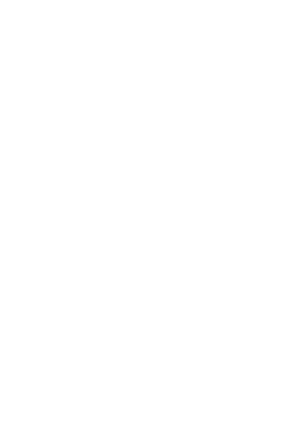
Sunny van Zijst: November detail trees covered glass mosaics
Photo: Fenestra Ateliers
|
|
|
|
|

|

|

|
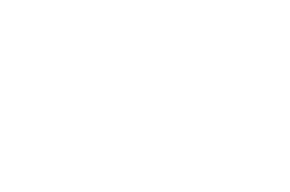
Sunny van Zijst: November, Engine room Strijp-S, DDW, 2009
Photo: Fenestra Ateliers
|
|
November is the first of a series of installations entitled Opus Magnum. It is a series that addresses the various stages in alchemy beginning with the installation in black glass mosaics and ending in Splendor Solis in gold, to Aqua Vitae in blue for life. The last installation was Midsummer Night’s Dream in platinum for the Biennale Kijkduin 2011 and Bloedoffer/Blood Sacrifice in Fort Vuuren for GlasHart in red. In the series alchemical trees, tables and chairs are assembled, Aurora -where white and red come together- is followed by dissolution destilleerkolfgenese Dawn.
With the four temperaments, sanguine, choleric, melancholic, and phlegmatic the body fluids mixed.
|
|
|
|
|

|

|

|
Aurora
Aurora, the dawn, the first phase after dissolution: the blending of white and red, brimstone and mercury. In two blocks, sacrifice organs, bladders and vascular natural life forms that contain moisture. Just as the world is made up of the four elements, so man consists of four humours. The tree, hung upside down here, gets an extra meaning. It now refers to slaughter, sacrifice and skinning. Aurora was developed in collaboration with Royal Leerdam Crystal. The photos were taken in the glass factory Royal Leerdam Crystal where the glass objects were blown.
|
|
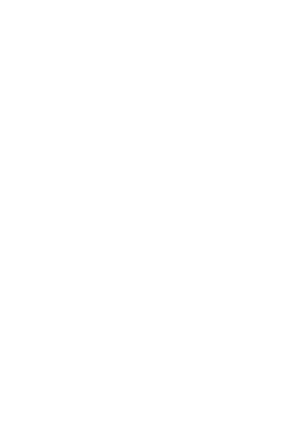
Sunny van Zijst: Aurora, exposition Royal Leerdam Crystal, 2011
Photo: Fenestra Ateliers
|
|
|
|
|

|

|

|
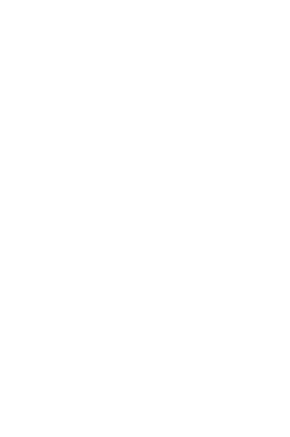
Sunny van Zijst: Aurora, detail, handblown crystal glass by Royal Leerdam Crystal, 2011
Photo: Fenestra Ateliers
|
|
Out of the chaos of an infinite quantity of substances, the alchemists had to set in motion the purification processes of transformation (alteration of quality and form, as exemplified by changing solids into liquids, alteration through the metamorphosis, degeneration and transmutation of one element into another, as exemplified by changing lead into gold, or alteration through transcendence, involving going beyond the limits of form and materiality), in order to elevate unrefined, raw matter and transform it into a state of perfect purity. In addition to producing glass, pigments and dyes, medicines, drugs and chemicals, they sought above all to develop the universal solvent alkahest, to discover the elixir of life, to transform lead into gold and to produce the Philosopher’s Stone – endeavours involving a fusion of theory and practice. The Small Work was – in contrary to the Magnus Opus or Great Works – done in the ateliers, studios and laboratories.
|
|
|
|
|
|
|
Colour changes were taken as a yardstick against which to measure and carry out transformation processes, changing colour from black (nigredo) to whitish (albedo), to yellow (citrinitas) – sometimes multi-coloured like the rainbow and designated by a peacock’s tail (cauda pavonis), to ruby red (rubedo), the royal colour of near-completion. Gold was the summum bonum, the goal of every transformation. Bloedoffer/Blood Sacrifice brings back eating to the level of bacteria when after 3.6 billion years simple cells and 3.1 billion years multicellular life developed. After the Big Bang our world got its shape. Ice-covered asteroids reached the Earth around one hundred million years after the birth of the planets. The landmasses drifted, water changed its matter form into soda seas and in the chemical processes natural glass took its shape and form by the exposure to high temperatures by detonations and air burst, volcanic activities and the melting of sand, ashes and other silica materials. 600 Million years ago in these soda seas stromatolites could develop, ancient forms of life as algae in the then still empty world and the soda seas slowly grew into salt seas.
|
|
|
|
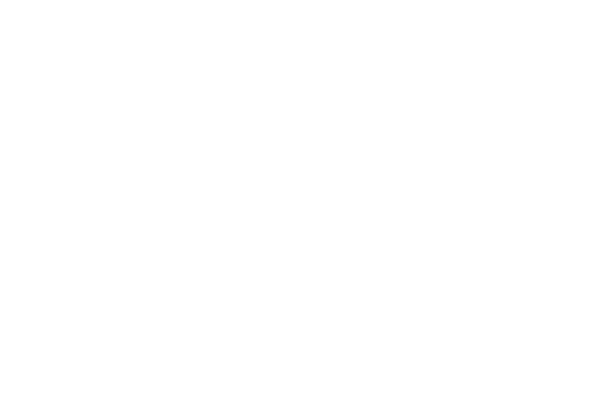
Sunny van Zijst: installation Aqua Vitae, installation Landart, Diessen, NL, 2013
Photo: Fenestra Ateliers
|
|
|
|
|
|
|
Aqua Vitae
The fourth installation Aqua Vitae represents the alchemical, the purifying water. The title refers to the life-giving water or the living water, an alcohol concentrate obtained by distillation. Water is also our lifeblood. Our body is made up of 70% water: in the lymphatic system, circulatory system, hormones and intracellular fluids. The alchemists refer to these liquid life carriers as the Aqua Permanens, the permanent water, or to Mare Nostrum which means Our Sea. As it is related to the endocrine system, water is associated with the emotional nature. The circulatory system is, as Rodney Collin said, an index of the essence of man (source: Freemasonry).
Piet Augustijn wrote in Fjoezzz 1/2009: “Water undoubtedly is a source of life. Life on earth would -according to various theories- have been created in the oceans. When the earth had cooled down so far that the water was condensed and formed as a kind of ocean, fairly soon thereafter life would have come into being in it. Water as a source of life we also find in the form of a river in the book of Revelation in the Bible. The water of life. Its course cannot become muddy because it is solidified in perfect purity, clear as crystal. The river feeds the Tree of Life with its evergreen leaves that can cure any ailment.
Sunny van Zijst is now working on a new project with trees put upside down: trees as parasites sucking life’s juices.”
|
|
|
|
Drama
Because of, or perhaps despite, her training as a theatrical designer, van Zijst has retained her interest in drama. In the original Doric meaning of the term, drama involves not the doing of an act in itself but rather the happening of the event on which the cults and rituals created by regional or local legends are or have in the past been based.
Such an "event" requires a public: people who are willing to participate in the agreement to believe in something and to join in the game.
Drama derives its form from a construction combining, in a manner analogous to a collage, elements of monumentality, refinement, sensuality and a sublime perniciousness or diabolic aesthetic. The symbols and rituals needed to get the message across are clear to all; it is this that gives them their popular character. Those involved, whether as participants or observers, all believe in their roles and are prepared to give free rein to their emotions. They do so as if no artifice were involved, as if nothing were staged. Beset in turn by sensations of fear, goose pimples, poignancy and relief, they take the greatest pleasure in joining in the shivering and trembling. It is thanks to this mechanism, this accepted game, that fairs, carnivals, pageant plays, puppet shows, halls of mirrors, ghost trains, fairy tales, circuses, theatres and films, as well as figures such as Santa Claus and clowns, and objects such as relics, altars and collections of curios, are able to function. Such things are to be found in a more hidden form in the private collections of, for example, Emperor Rudolf II and Tsar Peter the Great, who stored away in their art repositories -the forerunners of our museums- samples and specimens of every natural or cultural phenomenon. In those treasuries of curios and abnormal objects, they organized and arranged their collections in drawers, boxes, books and botanical containers, and in glass jars filled with aqua fortis or spirits. No outsider ever got to see those collections. They represented, first and foremost, the results of an urge to collect and possess things merely for their own sake. How tempting it must have been to open those Pandora's boxes! ... Drama in the form of enchantment.
|
|
|
|
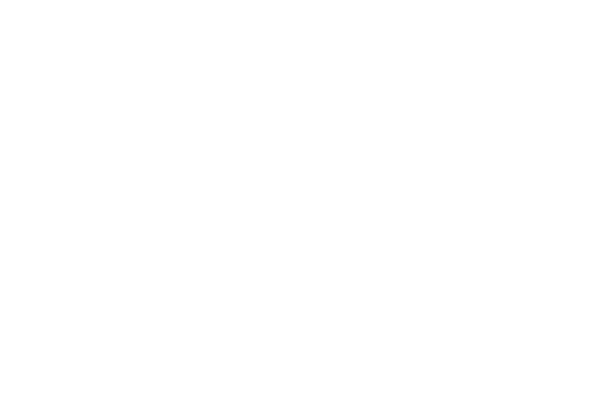
Sunny van Zijst: Splendor Solis, installatien exposition H'art, Fort Vuuren, NL, 2009
Photo: Fenestra Ateliers
|
|
|
|
|
|
|
Enchantment in the transcendental form of skin adorned with make-up, costumes and masks, attributes, décors and furnished rooms, like the exterior of a Russian doll: there's always a fresh layer underneath.
Without people to visit and observe them, relics, churches and fairs are mere empty vessels, sad ‘houses of mystery’ - and it is precisely that packaging enveloping the drama, those containers in the form of chapels, glass houses, mausoleums, cupboards, boxes, the wrapping, the outer layer, the skull and the skin which comprise the work of van Zijst. Those ‘linking objects’, those transitional articles, operate, like the phenomena mentioned above, to connect death with life, the past with the future and the ugly with the beautiful. Reality, so often repulsive and sad, is shrouded in a lovely exterior of gold leaf, mirrors, imitation jewellery, voile, velvet and plush. Make believe: sham, illusion, hocus-pocus ... they enable the defense mechanism of denial to persist, and allow us to believe in the illusion and deal with our aggression, our angst and our mortality. Using the internal and the external as the packaging surrounding it, van Zijst plays with expectations and effects, causing the forces of repulsion and attraction to inspire the revulsion which goes with goose pimples and the awe that we feel at the sight of fireworks. Bearded women, a two-headed sheep, the shriveled-up hand of a saint, the tooth of a martyr, the golden room containing the sacred heads, the umpteenth thorn from the crown of Christ ... nowhere else is such a constant source of amazement to be found!
Ultimately, the visitor is obliged to make up the story and to complete the picture with his own tale, announcing: "Ladies and Gentlemen! Look on, and shudder ..."
Thus the work forces the observer to take up a position. Black or white, for or against, beautiful or ugly, attracted or repelled. There is no longer any middle way; if there were, the form would cease to exist.
And it is this which actually characterizes the work of Sunny van Zijst as a revolt against dullness, tedium and empty aestheticism, against the monotony of the overblown 24-hour economy, against the failure to communicate of the over-extended communications culture, against the spicing up of art and of the theatre.
Fortunately, we are able, time and again, shamelessly to enjoy her work, both for what it teaches us and for the pleasure which it gives us.
Translation: James Benn
www.kunstartikelen.com
|
|
|
|
|
|
|


